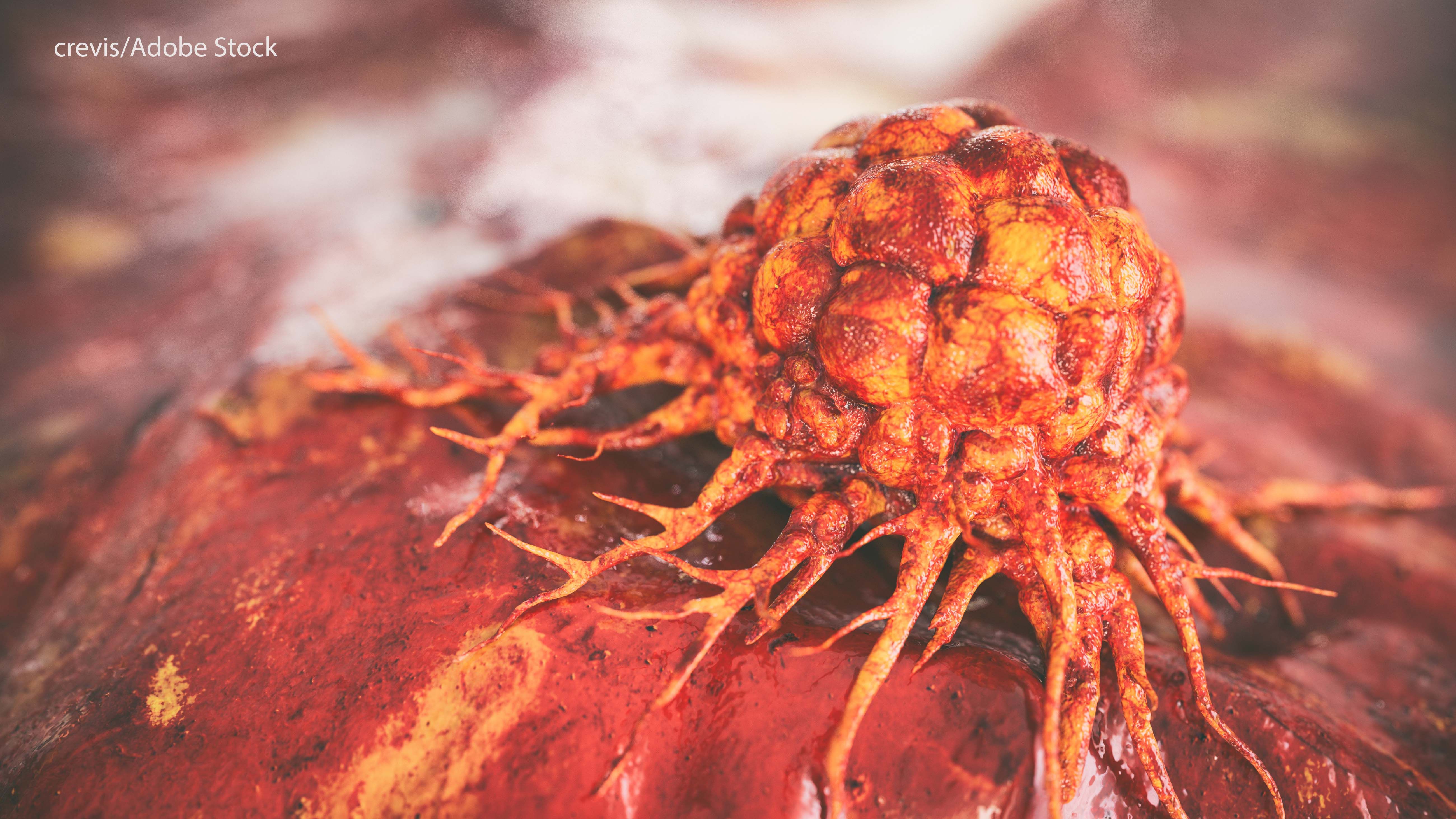Early Data Support GD2-Targeting CAR T in Pediatric High-Risk Neuroblastoma
Investigators of a phase 1/2 trial report that CAR T cells targeting disialoganglioside GD2 may result in long-lasting antitumor activity in young patients with high-risk neuroblastoma.
A CAR T-cell therapy targeting disialoganglioside GD2 (GD2-CART01) produced promising clinical responses in a cohort of pediatric patients with heavily pretreated, relapsed/refractory high-risk neuroblastoma, according to findings from a phase 1/2 clinical trial (NCT03373097) published in the New England Journal of Medicine.
"Our findings suggest that GD2-CART01 may induce sustained eradication of disease in a proportion of patients with relapsed or refractory neuroblastoma," according to the study authors.

Among 27 patients aged 1 to 25 years, GD2-CART01 cells were detectable in peripheral blood in 26 patients up to 30 months after infusion, with a median persistence of 3 months (range, 1-30). The overall response rate (ORR) was 63%; 17 patients experienced a response, of whom 9 had a complete response (CR) and 8 had a partial response. The 3-year overall survival and event-free survival rates were 60% and 36%, respectively, among patients receiving the recommended dose of 10x106 CAR-positive T cells/kg.
“In order to maintain tumor control, it is essential that CAR T cells persist over time,” the investigators wrote. “In contrast to patients in previous studies, all our patients had persistence of CAR T cells for more than 6 weeks, possibly because of the incorporation of 2 costimulatory domains in the construct and the use of interleukin-7 and interleukin-15 in the manufacturing of GD2-CART01.”
Investigators behind the academic trial administered treatment to patients from January 2018 to October 2021. All enrolled patients had experienced disease resistance to at least 2 prior lines of treatment (range, 2-6), and the median number of previous treatments was 3 (range, 1-6); a single patient had received GD2-CART01 during a CR following the conclusion of frontline therapy. All but one patient had relapsed or refractory disease, and 24 had active stage IV metastatic disease at screening, including 6 with bulky disease.
Most of the enrolled patients were male (67%). The median age was 6.7 years old (range, 2.7-18.6). The most common sites of disease involvement included bone (78%), bone marrow (44%), and lymph nodes (41%).
The median total quantity of CAR-positive T cells manufactured at the end of production was 2x109±1.4x109 cells/kg (range, 0.7-6.9x109). Median viability was 90.5±3.7% (range, 82.2%-96.1%), and the median transduction efficiency was 72.4±9.9% (range, 50.8%-87.3%). Each patient received multiple generated doses.
After the first infusion, 74% of patients experienced cytokine release syndrome (CRS), which was among the most common treatment-related adverse events (TRAEs). These events were grade 1/2 in 95% of patients; a single event of grade 3 CRS rapidly resolved after the administration of tocilizumab (Actemra). Investigators noted a correlation between significantly higher levels of circulating cytokines and the development and grade of CRS. No patients experienced any central neurotoxic effects.
Investigators observed severe hematologic toxicities in all patients. Moreover, following infusion, transient grade 3 hepatic toxicities occurred in 7 patients, 5 of whom had hepatic toxicities prior to enrollment or infusion which transiently worsened with the development of CRS. Among the remaining 2 patients, a clinically relevant hepatic disease infiltration occurred in 1 and led to grade 3 toxicities on activation of GD2-CART01. The other patient experienced grade 3 hepatic toxicities after the resolution of CRS, which investigators attributed to the receipt of other hepatotoxic drugs. The toxicity profile of multiple infusions resembled that of a single infusion.
“Hematologic toxic effects, which were thought…to be mainly induced by the lymphodepleting chemotherapy and sustained by GD2-CART01, were another relevant [AE] that was reported in every patient,” the investigators wrote. “The heavy burden of previous treatment received by the patients and the common disease involvement in the bone marrow may also have had an impact on these [AEs].”
This phase 1/2 trial was not powered to differentiate outcomes by patient subgroups. According to the investigators, assessment of this product in larger populations and in combination with other treatments is necessary to further validate these early findings.
“Our findings suggest that GD2-CART01 may induce sustained eradication of disease in a proportion of patients with relapsed or refractory neuroblastoma,” the investigators concluded. “Studies are under way to assess the role of GD2-CART01 in the multimodal treatment of high-risk neuroblastoma.”
Reference
Del Bufalo F, De Angelis B, Caruana I, et al. GD2-CART01 for relapsed or refractory high-risk neuroblastoma. N Engl J Med. 2023;388(14):1284-1295. doi:10.1056/NEJMoa2210859